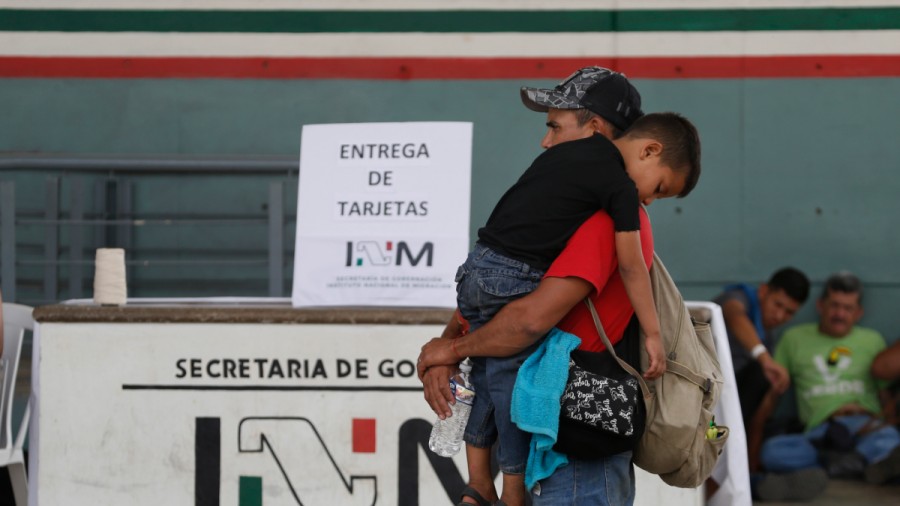Eyes on Mexico: Treatment of Central American Migrants
By Julian Hayda

Eyes on Mexico: Treatment of Central American Migrants
By Julian HaydaOrganized crime and violence in the Central American “Northern Triangle” countries of Guatemala, Honduras and El Salvador has resulted in thousands of migrants fleeing their homes and journeying north into Mexico. Mexico’s southern border with Guatemala and Belize was historically porous, but an increase in Central American migrants crossing through Mexico and seeking asylum in the US in 2014 and 2015 prompted the Obama administration to work with the Peña Nieto administration in Mexico to step up security. Mexican civil rights groups have organized to assist the migrants as they arrive, helping them navigate asylum frameworks and decide whether to continue on to the US or stay in Mexico. Helena Olea, an international human rights lawyer who serves as Alianza Americas’ Human Rights Adviser, joins today’s Eyes On Mexico to discuss the situation at the southern Mexican border and what’s changed under the new Mexican president, Andres Manuel Lopez Obrador.